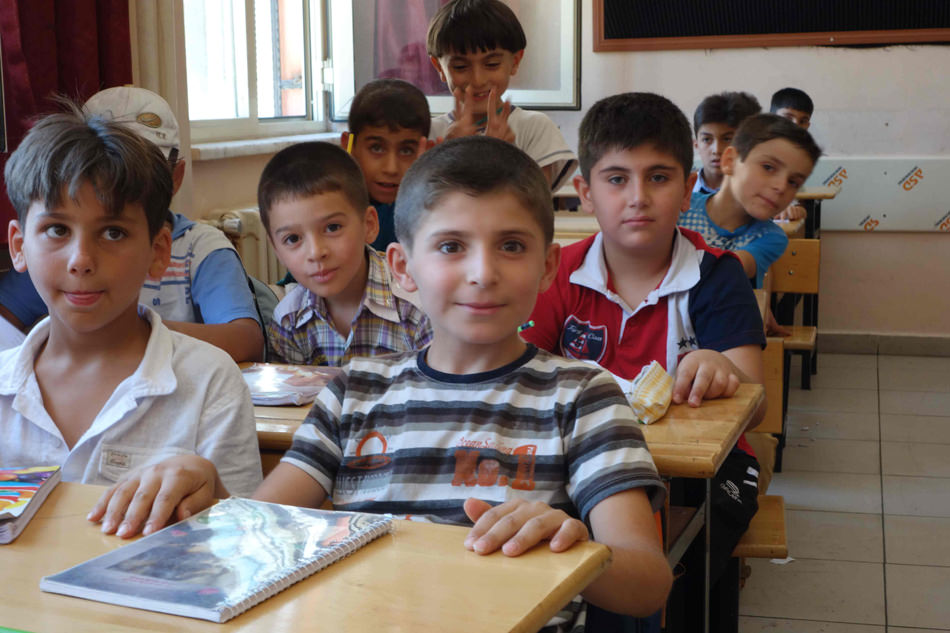In sheer numbers alone, the scale of Syria’s humanitarian crisis is difficult to grasp: a third of the country’s 22.5 million people have abandoned their homes; 10 percent have fled the country, including more than one million children. As we describe in our article in The New York Review, however, the crisis has also been hard to understand because the Syrians who have fled are dispersed in hundreds of villages, towns, and cities across the region. These photographs, taken during our reporting for the story, show some of the many different situations we encountered among Syrian refugees in Jordan, Turkey, Lebanon, and Iraq.

Alisa Roth
Most refugees live in urban areas, struggling to survive with little help from local or international aid groups. Some live in squatter communities like this one in a field in Amman, Jordan. The family who lives in this tent ‘borrows’ electricity from a factory next door. The men work occasional odd jobs at a wholesale produce market nearby. Roughly half a million Syrians are thought to live in Jordan.

Alisa Roth
The children in Ruhayyad’s family only go to school occasionally, even though they all went to school in Syria. Syrians are allowed to attend Jordanian schools, but two-thirds don’t, according to the UN. Even so, many Jordanian schools have had to add second shifts to accommodate all the new students.

Hugh Eakin
Even among populations where there are close ethnic bonds there can be little support for refugees. In the expensive Kurdish region of Iraq, Syrian Kurds have been officially welcomed as “brothers,” but some 70,000 live in primitive tents at Domiz camp, exposed to extreme desert temperatures.

Alisa Roth
Especially in expensive cities like Beirut and Amman, refugees take shelter where they can. A Damascus widower and his young daughter hung this mirror in their apartment in an abandoned building across from the UN office in Beirut. He joked that they don’t need a refrigerator in the winter because the apartment is so cold they can just leave the food out.

Alisa Roth
Even though many Syrians in Gaziantep’s ‘Little Aleppo’ are middle-class—their ranks include at least 60 physicians—many sleep in parks or at mosques. The Syrian owner of this restaurant, which has become a resource center for the displaced, installed a washing machine and shower in the bathroom.
Reporting for this article was supported by a grant from the Pulitzer Center on Crisis Reporting.









